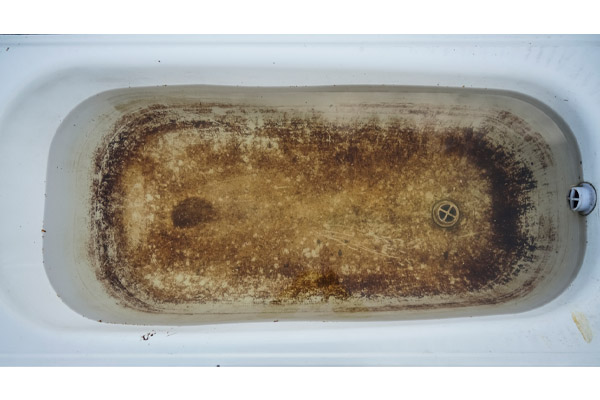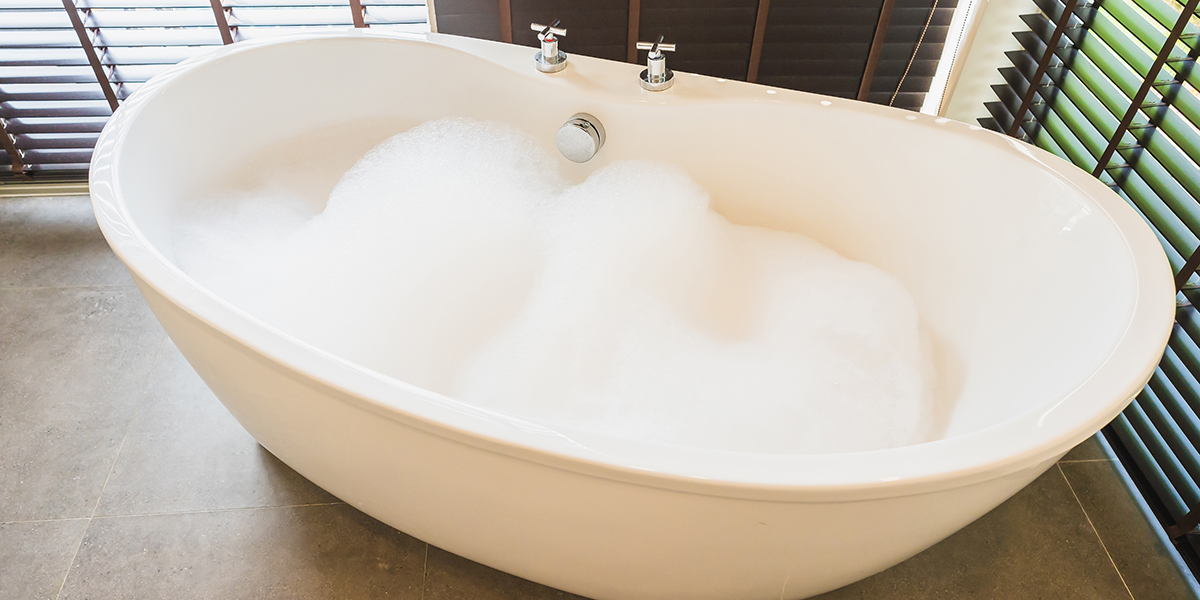Do you find yourself hunting for additional info about Why is There Sewage Coming Up Through the Bathtub?

Sewer back-up in the bath tub can be an upsetting and unhygienic trouble for any property owner. Not just is it inconvenient, but it likewise presents major health and wellness dangers and indicates underlying issues with the plumbing system. Understanding why sewage is coming up through the bath tub is crucial for taking appropriate activity to resolve the issue efficiently.
Introduction to the Issue
Usual Reasons for Sewage Back-up
Obstructions in the Sewer Line
Among one of the most typical causes of sewage backup is a blockage in the sewage system line. This can happen due to the buildup of particles, grease, or international objects in the pipelines, stopping proper circulation and causing sewer to back up right into your tub.
Tree Origin Invasion
Tree origins seeking dampness and nutrients can infiltrate sewage system lines with small fractures or joints. Over time, these origins can grow and increase, causing substantial damage to the pipelines and resulting in sewer backup concerns.
Comprehending the Problem
When sewer starts backing up right into the tub, it's a clear indication of a trouble with the drain system. The wastewater that should be streaming far from your home is instead locating its way back right into your home, which can bring about significant damages and carcinogen.
Potential Reasons
Numerous variables can contribute to sewer backup in the bath tub. From obstructions in the sewage system line to problems with the plumbing framework, identifying the origin is vital for locating an option.
Aging Infrastructure
Older homes might have obsoleted plumbing systems that are extra vulnerable to deterioration, cracks, and damage. As pipes age, they become much more susceptible to leakages and obstructions, increasing the likelihood of sewage back-up occurrences.
Heavy Rainfall or Flooding
During durations of heavy rainfall or flooding, the sewer system might come to be overloaded with excess water, causing backups and overflows. This can lead to sewage backing up right into bath tubs and other components inside the home.
Signs of Sewer Back-up
Foul Odors
Undesirable smells emanating from drains pipes or fixtures, especially in the bathroom, might show sewage backup issues. These odors are usually strong and consistent, indicating a trouble that needs prompt attention.
Slow Draining Fixtures
Bath tubs, sinks, and commodes that drain slowly or not in any way could be experiencing sewage backup. If multiple components are affected simultaneously, it's likely that the problem stems from a common point, such as the main sewage system line.
Gurgling Sounds
Odd gurgling or gurgling noises originating from drains pipes when water is running in other places in the house are a sign of air caught in the plumbing system. This air accumulation can arise from sewer backup and must be checked out promptly.
Wellness Dangers Associated with Sewer Backup
Contamination of Water Supply
Sewer backup can infect the water system in your home, positioning a significant health and wellness risk to you and your family members. Exposure to infected water can cause stomach issues, skin infections, and various other diseases.
Mold and mildew Growth
Dampness from sewer backup can produce perfect conditions for mold and mildew growth in your home. Mold spores can exacerbate breathing troubles and cause allergies in sensitive people, making prompt cleaning important.
Spread of Illness
Sewage has harmful bacteria, viruses, and bloodsuckers that can create a variety of illness, consisting of liver disease, cholera, and gastroenteritis. Coming into contact with sewer or infected surface areas puts you at risk of infection.
Cleaning Up After Sewage Back-up
Sanitation Procedures
Thoroughly disinfect and sanitize influenced locations after sewage backup to get rid of hazardous germs and prevent mold development. Usage ideal cleansing products and protective gear to make certain risk-free and efficient cleanup.
Remediation of Influenced Locations
Fix any type of damages to floor covering, walls, or fixtures caused by sewage backup. Relying on the level of the damage, you might need to replace carpeting, drywall, or various other products to restore your home to its pre-loss condition.
Immediate Actions to Take
Shutting Off Water Supply
In the event of sewer back-up, it's necessary to turn off the supply of water to stop additional contamination and damage. Situate the main water shutoff valve in your home and shut it off up until the problem can be settled.
Speaking To an Expert Plumber
Managing sewage back-up is not a DIY work. Call a licensed plumber with experience in managing sewage-related problems to assess the circumstance and do required repairs or cleanings.
Staying Clear Of Contact with Polluted Water
Till the sewer back-up is resolved, stay clear of contact with infected water to avoid the spread of bacteria and microorganisms. Wear safety gear if you have to be in the affected location and clean your hands thoroughly later.
Preventive Measures
Normal Maintenance of Sewage System Lines
Arrange routine inspections and upkeep of your sewer lines to determine and address possible issues before they intensify right into major troubles. This can include clearing out particles, examining for tree origin intrusion, and fixing any kind of damaged pipelines.
Mounting Backwater Valves
Consider setting up bayou shutoffs in your plumbing system to prevent sewer from receding into your home throughout durations of heavy rainfall or flooding. These valves immediately close when water draws back up, shielding your property from contamination.
Appropriate Disposal of Household Waste
Stay clear of flushing anything apart from bathroom tissue and human waste down the toilet to avoid clogs and obstructions in the sewer line. Dispose of grease, oil, and various other home chemicals properly to reduce the risk of plumbing issues.
Why Is Water Backing Up in My Bathtub When I Flush My Toilet?
What to do about a sewer line clog
First, don’t bother with plunging. No amount of plunging will dislodge the clog in a sewer line. The clog is too far away. Plungers are for clogs in the toilet itself, not the sewer line. Plus, the most likely causes of a sewer clog are:
Tree roots Flushed toys or feminine products Grease buildup Those items don’t move easily. And in the case of tree roots, the roots need to be cut out of the pipe and the pipe will need to be repaired.
You’ll need a closet auger. A closet auger is a type of plumber’s snake with a protective cover to keep from scratching the delicate porcelain toilet. If the clog is further down, you may need to remove the toilet or use one of your cleanouts to get to the clog.
We also recommend doing a video inspection of the drain to ensure that the cause of the clog has been completely removed. Otherwise, you could have the same problem again in a few days or weeks.
https://mspplumbingheatingair.com/blog/why-is-water-backing-up-in-my-bathtub-when-i-flush-my-toilet

We were shown that article on Why is There Sewage Coming Up Through the Bathtub through an acquaintance on our other web blog. Be sure to take the time to share this blog entry if you enjoyed it. Many thanks for taking the time to read it.
Find Out More